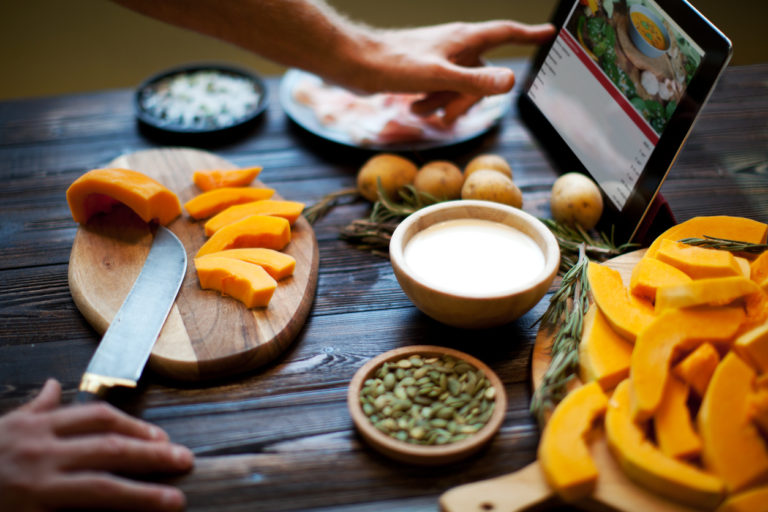Kitchen Mishaps: Tips for Treating Cooking and Kitchen Injuries
November 22, 2016

The kitchen is the heart of the home, and for good reason. Recipes are passed down, laughs are shared, and meals are enjoyed with friends and family.
However, it’s important to remember that the kitchen can be dangerous if proper precautions are not taken. Hot surfaces, boiling pots, sharp knives, and slick, slippery floors can cause a great deal of harm, particularly to those not used to working in and around kitchen equipment.
While we must always be mindful of our safety, accidents can and do happen. Understanding the severity of your injury, your treatment options, and whether it’s time to head to urgent care or the ER is important. Here are some guidelines for treating cooking and kitchen injuries.
Treating burns and cuts
The most typical injuries sustained in the kitchen are burns and cuts.
Burns
Burns are usually sustained from grease popping, boiling water, or other hot substances. Maintaining a low flame or heat source, standing back from hot liquids, and using splatter screens are excellent solutions for reducing the risk of burns.
Burn Treatment
Burns sustained from a hot surface or boiling water is best treated initially by placing the burn under cool tap water for at least 15 seconds. If there is any question about the severity of the burn or there are open blisters or wounds, cover the area with a clean dry cloth. See a medical provider as soon as possible.
Burns from hot grease or sticky substances, such as caramelized sugar, are usually more painful, as they tend to stick to the skin. If the burn is severe and you intend to be evaluated by a medical professional, do not put any ointment on the burned area so that your clinician can properly assess the burn. Do not put ice or butter on the burned area as these measures do not help and may actually damage the skin tissue.
Cuts
Hands are the most likely place to sustain a cut. Where on the hand you are cut depends on the treatment. The tips of the fingers and tops of the knuckles are less likely to sustain long-term injury; palms and fingers with deep cuts can have long-term issues.
Treating Cuts
First examine the depth of the cut and where it occurred. If the cut is not too deep and not in a sensitive area of your hand – such as the knuckles or finger tips – wash the cut with antibacterial cleanser, followed by mild soap and water. Next, apply antibacterial ointment, such as Neosporin, with a clean bandage that does not stick to the cut.
If the cut is deep, bleeding profusely, or in a sensitive area, cover the wound with gauze or a clean towel and apply pressure with your palm, then seek medical assistance immediately.
Eye Injuries
Eye injuries are also injuries to be mindful of, as they are more common for people who work around ingredients, such as peppers. A quick swipe of the hand can expose the eye to capsaicin, an oil found in chili peppers. This can cause irritation and infection. If your eye becomes irritated, have someone take you to the emergency room.
Safety glasses and gloves can be used while cooking to reduce the risk of eye injuries or an accidental wipe across the eye.
If your eye become irritated while cooking, flush your eye thoroughly with water. Have someone drive you to the emergency room to check for possible infection and to quell further irritation.
Stay safe while in the kitchen to enjoy the experience of cooking
It is important to enjoy the experience of cooking, while remaining attentive of our surroundings. Slips and falls can also occur in addition to cuts, burns, and eye injuries. Attend local cooking classes, use safety equipment, and take a first aid class to learn better safety practices. And if something unexpected happens, come to an urgent care center near you and you’ll be back in the kitchen in no time!
